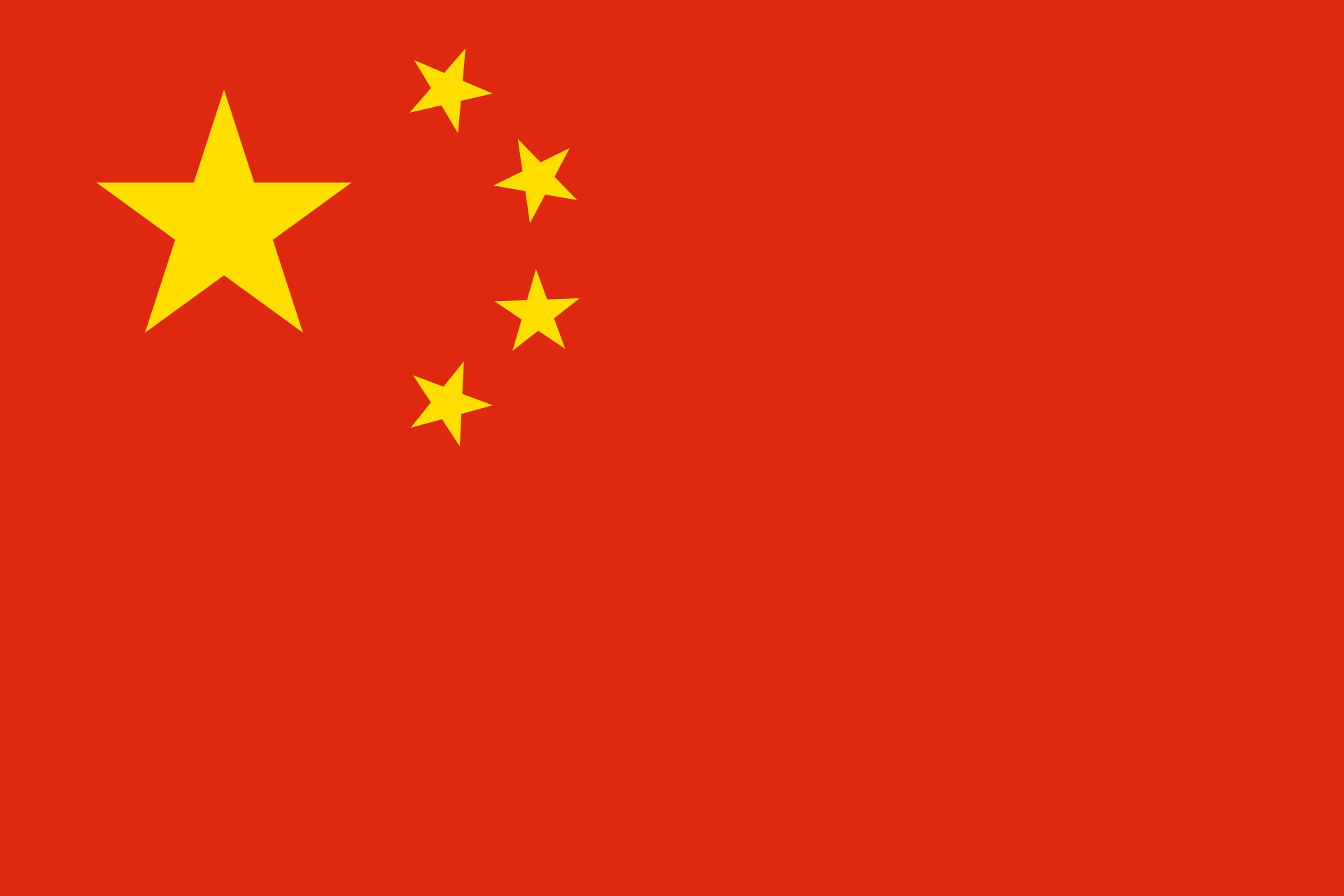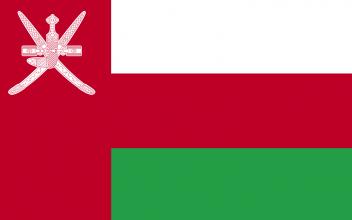Glass was brought to China from West Asia around the 5th century BC, probably via the maritime Silk Road. Shortly after, the Chinese started making their own glass and exported it to Korea and Japan. At the same time, Roman glass arrived in China over the inland and maritime roads. The import of pre-Islamic Sasanian glassware via the desert route was followed by Islamic glass, which reached China both by land and by sea. From the 11th century, most glass was imported and exported over the maritime road.
International trade with Chinese ceramics began in the 8th century AD, mostly via the maritime Silk Road. The very popular light-green monochrome Celadon, which was conceived as an imitation of jade, was exported from the 10th century onwards. Due to the influence of Arab merchants, who preferred the more flamboyant Blue-and-White ware, the fabrication of this more recent type of porcelain increased significantly, whereas the trade with Celadon diminished.
Shortly after prophet Muhammed founded Islam during the first half of the 7th century, the new religion spread to China through the Sea Silk Route. It also quickly expanded to North Africa where Muslims came to be known as “Moors”, a name given to them by the Europeans. Before the 10th century, Muslims of North African descent arrived in the Philippines over the oceanic trade route and founded families there.
The Chinese harbour city Quanzhou which was a strategic juncture at the mouth of the Jin River and at the centre of several sea routes became an important centre for trade during the Tang dynasty. Due to advantageous political and economic conditions, the city developed rapidly in the course of the following centuries. The importance of Quanzhou and abundance of goods in the city were admired by famous travellers such as the Italian Marco Polo and the Moroccan Ibn Battuta.
Geo-archaeological studies provide insight into changing sea levels on the Western Indian coast from the Late Neogene to the Quaternary. Environmental factors like these affected the arrival of early humans in this area in the Middle Pleistocene, as well as their subsequent migration. The analysis of archaeological evidence has revealed that sea levels in the areas of Gujarat and Maharashtra were some metres higher than today during the late Neogene, but have remained relatively stable for the last 2.5 million years.
The presence of the Portuguese has led to the introduction of Western architectural elements in Goa and other places in India. The result of this encounter of traditions was a highly original style both for religious buildings (churches, convents and Hindu temples) and secular buildings (civil and residential).
The trade relations which developed between Portugal and China from the 16th century onwards led to the mutual exchange of knowledge as well as artistic and political influences. New foods and technologies were introduced in both countries. The city of Macau, with its architectural mix of Eastern and Western elements, is one striking example of the encounter between these two cultures.
With the rise of the Han Dynasty in China, the Silk trade between China and countries as far away as Iran flourished. However, silk was by no means the only merchandise that was traded between China and the West. The merchants, who were envied, esteemed and despised, led dangerous nomadic lives. Their caravans were often joined by missionaries, and merchants played a crucial role in favouring cultural exchange and the propagation of religions.
The introduction of Chinese porcelain in Mesopotamia had important effects on early Islamic ceramics. Potters in Basra imitated the white colour of Chinese porcelain by inventing an opaque white glaze. They also used Chinese shaping and firing techniques and gained inspiration from Chinese designs. The knowledge of Chinese manufacturing techniques probably reached Basra via Muslim merchants in the Far East. Blue and white ceramics from Basra made their way to China, where they probably inspired potters to experiment with blue ink drawings on a white surface.
Sri Lanka was a popular stopover for merchants on their journeys between East and West. From the first centuries AD onwards, the island established constant and peaceful cultural, religious and economic relations with the Chinese Empire, and it was described in various accounts by Chinese travellers. In the fifteenth century, the political relations between Sri Lanka and China deteriorated temporarily due to a clash between the king of the island and the Chinese traveller Cheng Ho.




